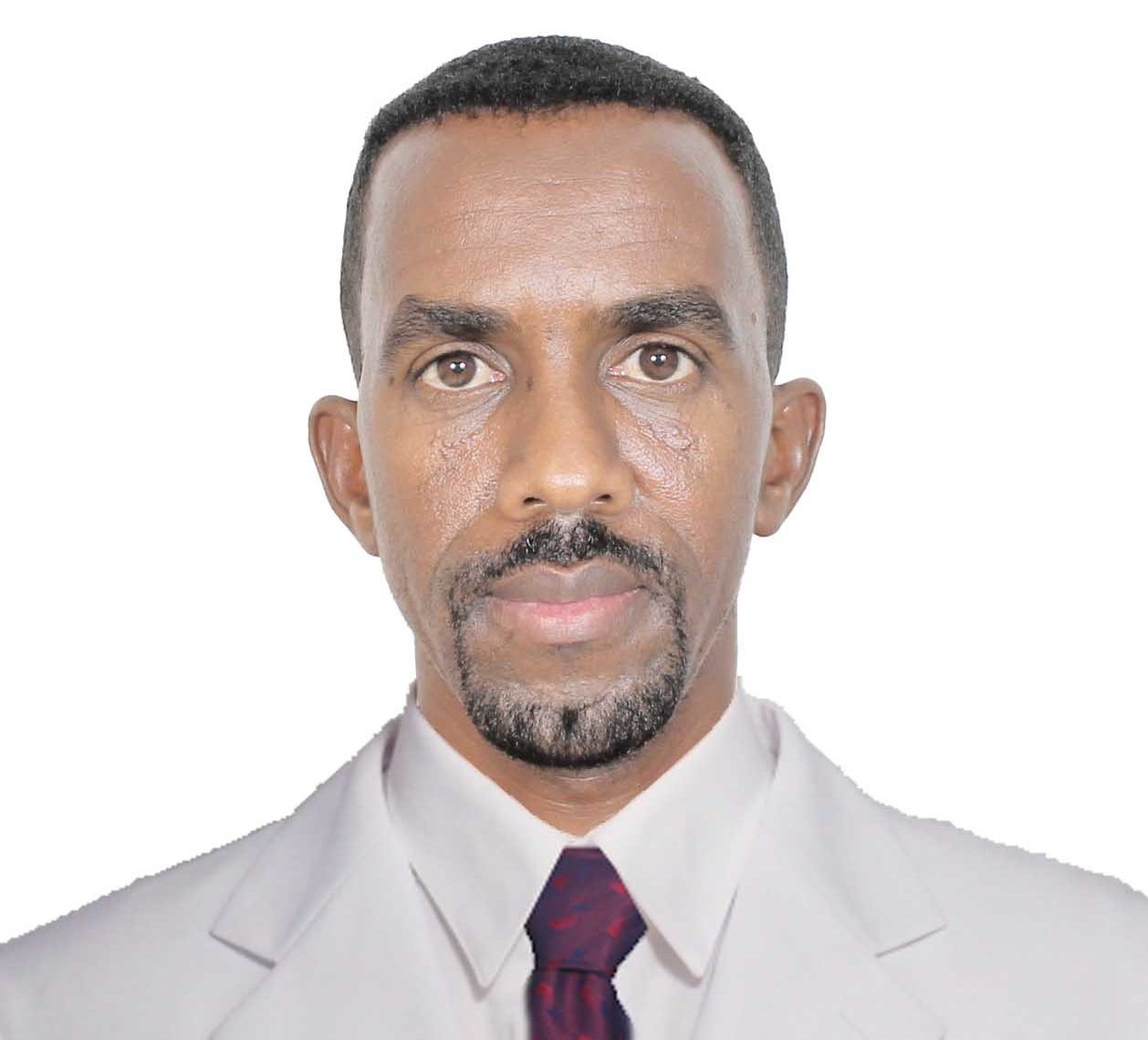“When you are a pregnant, it’s amazing to think about holding you baby for the first time and all the exciting moments you’ll spend with him as he grows. But the pregnancy can also be scary when you hear someone died because of the complications arising from childbirth. You whisper to yourself and say I don’t know what to expect but may ALLAH be with me. That is why many soon-to-be moms worry about childbirth and its related complications. It’s even normal to wonder about the chances of dying.” A somali mom told me as I visited her home, located nearby Borama town.
By definition, Maternal Mortality rate, means when a Mom dies from anything having to do with pregnancy. maternal death happens while a woman is pregnant, during labor and delivery, or in the first 42 days after the termination of the pregnancy. throughout the world, over 300,000 women die from problems that arise during pregnancy and childbirth each year. Three quarter of these deaths are avoidable as WHO states. Most of these women are from poor and developing countries including Subsahara Africa and Sourthern Asia.
Maternal mortality is one the best indicators that reflect not only the health status of any country but also the fundamental rights to life and wellbeing. Whenever it goes up the reflection becomes worst. The reason for this gap isn’t because we don’t know how to save lives of mothers, it’s simply because we are not paying our real attention to mothers.
I live in Somaliland. A country that has one of the worst maternal mortality ratios around the globe. In 2012, It’s estimated to be 1000 – 1400 maternal deaths per 100.000 live births (UNICEF). This indicates that more than one mother dies each day in my country, and Maternal complications are the leading causes of deaths of women in reproductive ages. in other words, it is estimated that 1 in every 12 women die from pregnancy related causes in Somaliland. How can that be?
Now, the good news is that maternal death are in decline but still numbers are high. although it’s difficult to estimate how much is it declining but inconvenient data sources showed the decline. for example, a data from 1997 showed that 1600-1800 out of every 100,000 women giving birth were estimated to die in Somaliland. And from that year the numbers went down year after year.
Post-partum hemorrhage, pre-eclampsia/eclampsia, sepsis, and abortion are the major medical causes of maternal deaths, respectively. But understanding the medical causes of death only gives us part of the story. Many research studies have shown that giving attention to medical causes only won’t make an amenity difference. That is why mothers are still dying even though we know the reasons. These contributing factors of Maternal deaths include:
Poverty
Lack of basic education
Limited access to quality healthcare and to family planning.
Poverty:
being poor is major challenge and limits women’s access to information. it also reduces significantly the quality of women’s life and survival. factors such as malnutrition, lack of clean water, diseases and inadequate medical care make pregnancy and childbirth a dangerous experience for women living in extreme poverty.
lack of basic education:
As a cross-sectional WHO global survey showed, there is a relationship between levels of maternal education and the risk of maternal death. although it has been argued that women’s education shouldn’t be treated merely as a proxy for the determinants of mother’s health but as an important force in its own right. The WHO global survey stated that women with no education had 2.7 times and those with between one to six years of education had twice the risk of maternal mortality of women with more than 12 years of education. The lower the level of maternal education the higher the maternal mortality even amongst women able to access facilities providing intrapartum care.
More attention should be given to the wider social determinants of health when planning strategies to tackle down maternal mortality.
limited access to quality healthcare and to family planning.
key factors that continue to contribute the large number of maternal deaths include the following:
too few or untrained health workers, lack of equipment and supplies, unavailability of transportations and lack of extended services including FP and postnatal care.
When it comes to FP, it is well known that if women had only the number of pregnancies they wanted, at the intervals they wanted, maternal mortality would drop by about one-third. in addition; our Islam religion promotes the consideration of the intervals of childbirth. This is significantly good both for the mother and for the child. It also increases the quality of life, reduces poverty and mother’s death.
Finally, the impact of maternal mortality is very huge and the burden clearly articulates how hard it is to lose a mother. when women suffer and die, children also suffer and die and the entire family and community feels the effects. research studies have shown that mother’s death has a serious consequence for the stability, health and productivity of her family and her community. because mothers are the center of our cycle. The consequences include:
1. Child mortality: children who have lost their mother due to childbirth are 3 to 10 times more likely to die within two years.
2. malnutrition: motherless children are more likely to have their growth stunted due to malnutrition and suffer from deficiencies related to vitamins.
3. household managements: as a mother dies it is often difficult for her family to manage households and increases the risk of children especially female children to dropout from school to support their families.
Now, all of us know that there is no way to lose a mother during a preventable and avoidable complications related to childbirth, and Yes we can prevent our mothers to die. Because some countries such as Japan and Ireland, approximately 100,000 pregnant mothers, 1 to 10 may die. And if you glanced back to their history, definitely they were like us once in their times, but as a result of their commitment and hard work they reached where they are today.
So let us stand side-by-side, bring all our sectors and make a deal together:
– By 2030, after only 12 years, no more death of a mother due to pregnancy and its related complications.
By: Abdirahman A. Sulleiman.






























